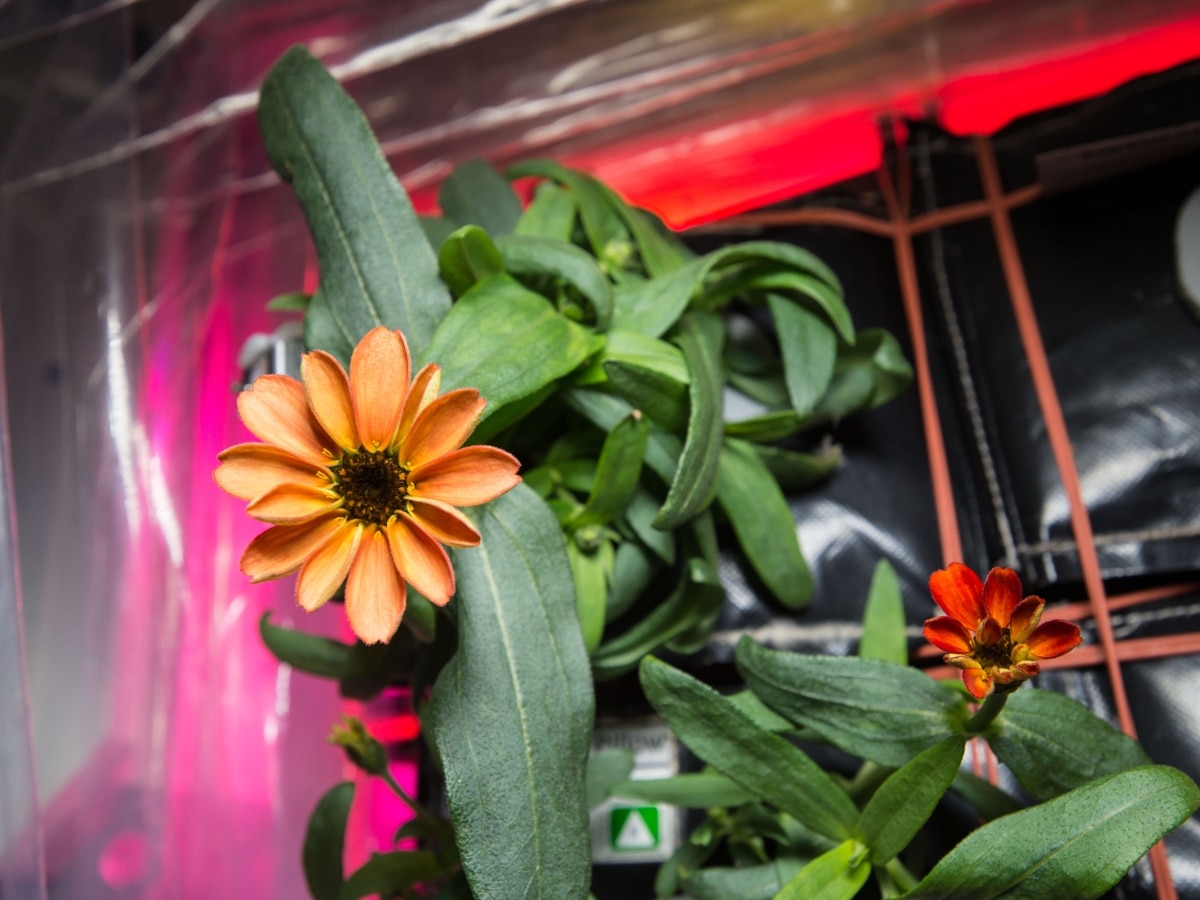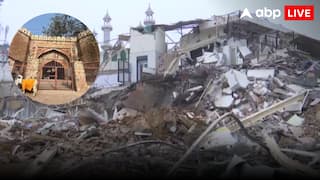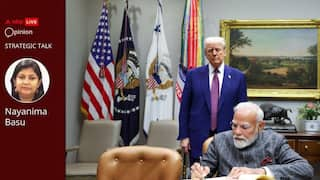'Space Flower': NASA Shares Image Of Zinnia Flower Grown On ISS. Know Importance Of Growing Plants In Orbit
The zinnia flower was grown in orbit as part of the Veggie facility. This experiment served as an opportunity for scientists to practise autonomous gardening.

NASA recently shared the image of a zinnia flower grown on the International Space Station (ISS). The zinnia flower was grown in orbit as part of the Veggie facility. On January 16, 2016, Scott Kelly, who was the commander of Expedition 46, shared pictures of the same zinnia flower in the Veggie plant growth system aboard the ISS.
The Veggie plant experiment was a flowering crop experiment that began on November 16, 2015. NASA astronaut Kjell Lindgren activated the Veggie system and its "rooting pillows" containing zinnia seeds, as part of efforts to better understand how plants grow in microgravity. Zinnia seeds were chosen on purpose because growing this plant is a challenging process, and this experiment served as an opportunity for scientists to practise autonomous gardening, which they may have to perform during deep space missions in the future.

According to NASA, Kelly, on seeing the plants in late December 2015, said that the plants were not looking good, and told the ground team that space crops should be handled the same way one would handle the plants in their backyard.
As a result, the Veggie team on Earth created a guide that provided the basic guidelines for taking care of zinnia plants in orbit. Kelly followed these rules, and by January 2016, some of his space flowers were "on the rebound", and were "no longer looking sad", the astronaut wrote on Twitter.
Some of my space flowers are on the rebound! No longer looking sad! #YearInSpace pic.twitter.com/HJzXaTItIf
— Scott Kelly (@StationCDRKelly) January 8, 2016
The image of a zinnia flower against the background of Earth from space recently shared by NASA was captured by Kelly in 2015. In the image, one can see the light-orange petals of the zinnia flower in full bloom, and the tangled leaves extending up into the top-left corner of the picture. Earth in the background appears blurry, and the blackness of space occupies the bottom half of the photo.
View this post on Instagram
The importance of space plants
"Plants in space" is a subject that has been studied since the 1970s, but the Veggie experiment started in 2015 marked the first time plants were grown in space.
Now, a question arises about why it is important to grow plants in space.
The reasons are many, the most important being sustainability during future long-duration missions to the Moon and Mars.
ALSO READ | Stars Of Early Galaxies Emitted Enough Light To Ionise Surrounding Gas And Make It Transparent, Webb Proves
Astronauts grow food crops in space to find ways to sustain future explorers for long-duration space missions. Since packaged foods lead to increased weight of the launch vehicle, and deteriorate when stored for longer durations, food crops are grown in space to ensure that the nutritional requirements of astronauts and cosmonauts are met.
Packaged foods have reduced Vitamin C and Vitamin K, but space crops can provide these nutrients to crew members. They can sustain future crews on the Moon and Mars.
ALSO READ | Gujarat-Based Aerospace Firm Azista Launches Maiden Satellite 'ABA First Runner' On SpaceX Falcon 9 Rocket
In 2021, NASA astronauts chose to cultivate peppers as they contain several key nutrients and are an excellent source of Vitamin C. The plants are also robust with a good chance of growing successfully in microgravity.
Peppers are self-pollinating, which makes the fruit easy to grow. These plants are easy to handle in microgravity and can be harvested quickly. Most importantly, peppers do not require cooking or complex processing.
Peppers have low microbial levels, and hence, are safe for ISS crew members to consume.
The experiment which grew chilly peppers in space in 2021 is called Plant Habitat-04. It is one of the most challenging and longest plant experiments performed in space till date.
ALSO READ | The Science Of Health: How Stem Cell Transplants For Blood Cancers Work, And What The Challenges Are
NASA astronaut Mark T. Vande Hei harvested the station's first crop of chilli peppers in October 2021.
NASA claimed the study was important as it will add to the space agency's knowledge of growing food crops for long-duration space missions.
ALSO READ | Explained: What Are Virgin Births? A Type Of Asexual Reproduction In Sexually Reproducing Species
The space agency said the aim of the experiment was to find ways to sustain future explorers for missions to destinations beyond low-Earth orbit, during which there are limited opportunities for resupply missions.
In order to address different challenges and supplement their diets with fresh food, astronauts have grown and consumed ten different varieties of food crops on the orbiting laboratory since 2015.






































